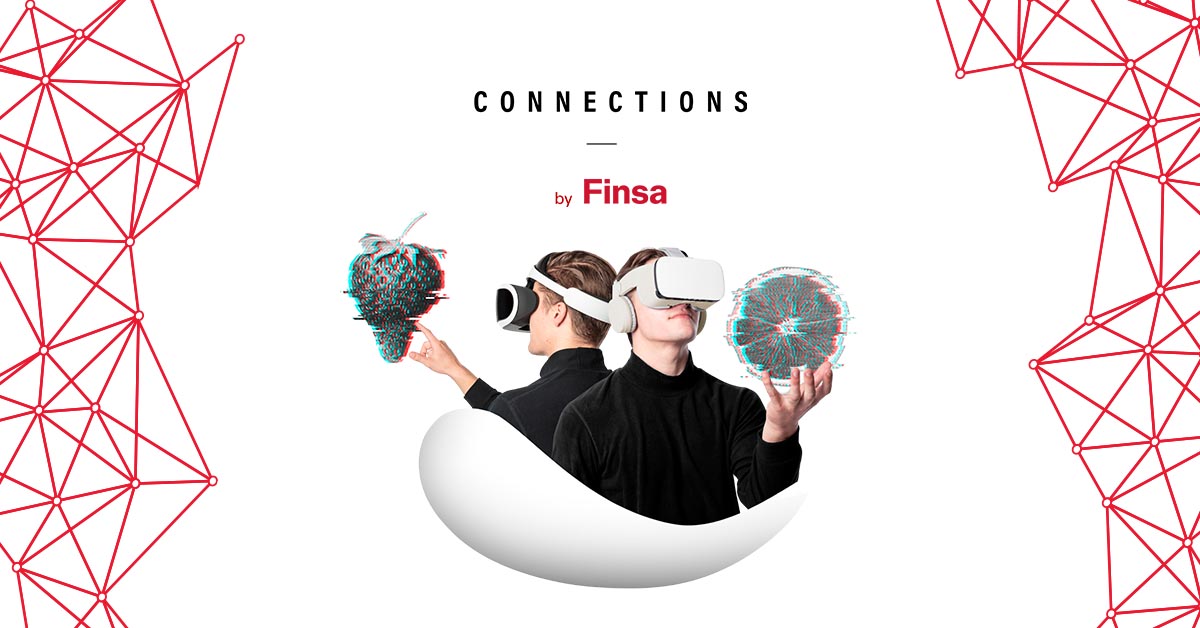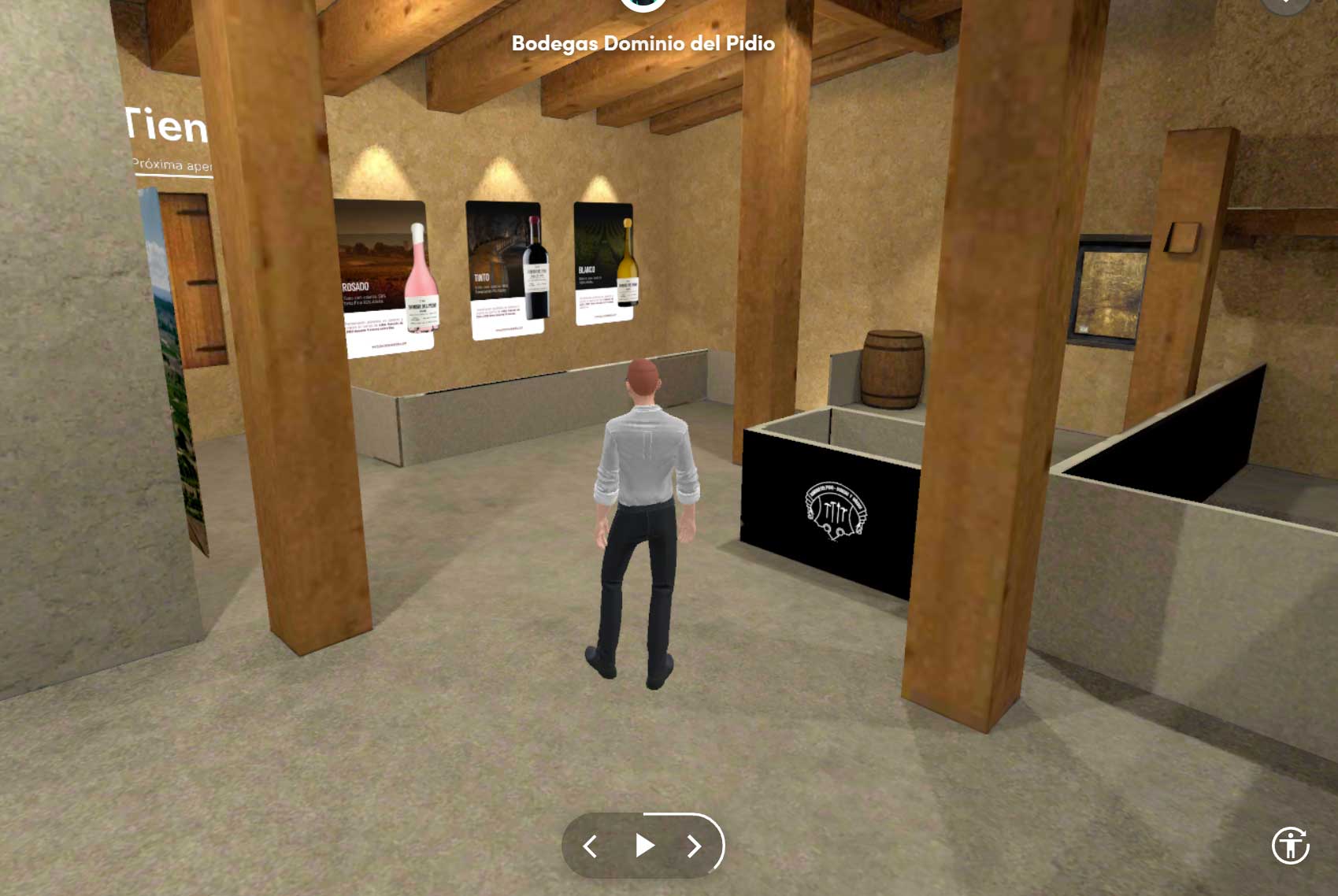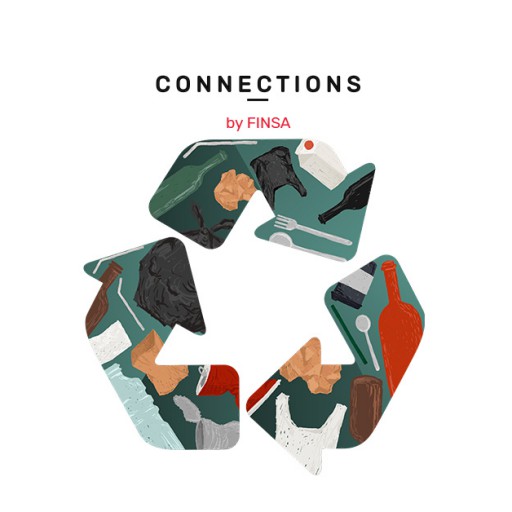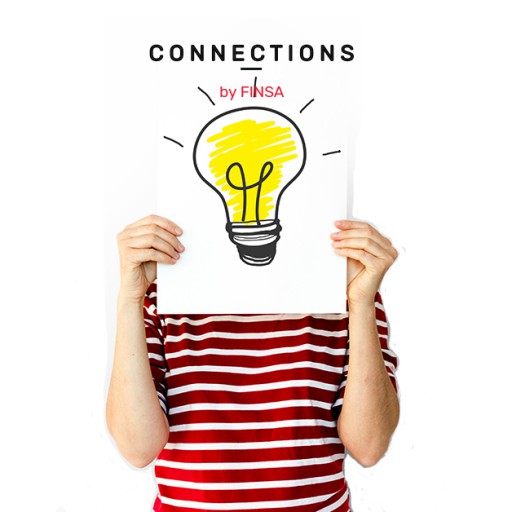What does the future taste like? How will we be savouring our food in new, hybrid restaurants and in the metaverse? Digitalising the eating of (good) food, an experience which is so closely linked to the physical world, is one of the challenges of designing these types of spaces. In actual fact, according to the Technology Department of the Basque Culinary Center, just 16% of ‘horeca’* (food service industry) establishments have a high degree of digitalisation.
*’Horeca’ is a term used to refer to hotel, restaurant, and café/catering industries
COVID as a driver of restaurant digitalisation
We’ve already seen that COVID had a huge impact on some digital experiences, particularly home delivery services, the use of which increased by 31% in Madrid and 26% in Barcelona during the pandemic. Payment by card, booking sites, and QR codes that allowed us to read menus became the norm.
Dark kitchens also took hold – hidden kitchens that did not seat guests but rather simply prepared food that was then delivered to the customer at home.
The restaurant as an ecosystem of digital solutions
Following this wave of hurried digitalisation comes the rise of applied technology in restaurants. According to the Basque Culinary Center, the first institution in the world to specialise in the gastronomic innovation, the restaurant is transforming into “an ecosystem of digital solutions that generate, store, and process data”.
This is nothing we haven’t already seen in other sectors, but it is a novelty in the restaurant world which, until now has involved an undeniable physicality when it comes to the act of eating. In 2018, the Center released its first report on digitalisation, marking the beginning of the sector’s interest in digitalisation.
Ver esta publicación en Instagram
Four years later, in a report titled El restaurant del future (The restaurant of the future), the Center has described detailed strategies for both the ‘front’ and ‘back’ offices which are already in place in some culinary spaces in Europe. These include smart storage, digital recipe books, the hypertraceability of food, and digital food passports for personalising our gastronomic journey as diners.
From paper and pen to eating virtual appetisers
Erich Eichstetter, Head of Digital Transformation at the Basque Culinary Center, explains that first “it’s important to understand what technology can provide, because we are noticing a lot of confusion between concepts [such as] the metaverse, web 3.0, crypto, and AI. The main recommendation is to choose the simplest option, [to have] concrete objectives and be in the know about new things and how they might improve processes in a restaurant. Let’s start with something as simple as eliminating paper and pens and using a mobile phone or other digital process”.
The first tests using technology were undertaken by LABe Digital Gastronomy Lab, where they created NFT appetisers with the idea of studying how habits would change, from the request for the NFT itself to arrival at the restaurant. They set up a space in a gastronomic metaverse called OneRare to analyse the types of interactions that would be of interest to meet sensorial needs, which obviously seem quite limited at first glance.
Ver esta publicación en Instagram
Eating remains a very physical act and it’s unlikely it will become digital any time soon, but that’s not the case for everything else in the restaurant world. “From this experiment, we learned that educating and training professionals, as well as experience simulation, is what makes digitalisation and the metaverse more accessible,” says Eichstetter.
Restaurants in the metaverse: cutlery, napkins, and virtual reality headsets
While tests and studies are still being carried out, Cornell University has found that virtual reality alters the perception of taste. Packaging, colour, and appearance are all affected, and they all have an impact on how we experience our food. Restaurant Shanghai Ultraviolet has shown that the proof is in the pudding, with virtual optical illusions in which each diner see, through a virtual reality headset, a strawberry in their mouth transform into a completely different food.
Ver esta publicación en Instagram
Nevertheless, Eichstetter says that we are just experiencing ‘protoverses’, and believes there is ‘a certain amount of friction’ when it comes to communicating a virtual experience. “In the not-to-distant future, [using] the metaverse will be as easy as it is to jump from one website to another. We’ll do it in 3D, in an immersive way, using devices such as virtual or augmented reality headsets, and we will combine the phygital with extended realities. Right now, we don’t have the systems to facilitate such interoperability.”
So what can a restaurant in the metaverse offer us today? Right now, we can sit and have a coffee with the hologram of someone on the other side of the world, or enjoy an explication of the history of our food while we eat. We can even interact with a gamified space in which we can fish or hunt our own food or use digital objects, which might be NFTs, that we can see using a augmented reality headset.
The augmented experience of a digitalised restaurant
In the meantime, until the metaverse expands and is used by the masses, we can read about those looking to bring new experiences to the gastronomy world. Barcelona Culinary Hub conducted research into how new technologies allow restaurants to offer audiovisual experiences and entertainment while people wait. Sound effects and projects, levitation systems, vibration, ventilation, aromatherapy, pulleys, and mirrors are being used in addition to elements from classical and kabuki theatre to create augmented reality restaurants.
What does the future hold when it comes to the next round of digitalisation? The Culinary Hub believe it’s all about tailored menus created using face scanners that can identify the ingredients that will make you feel the best, as well as digital forms that use algorithms to decide what you’re going to have for dinner. The latter uses the monitoring of eye movements to correct the choice. It sounds like science fiction, but the technology is already available.
And, for dessert…10 culinary experiences in the metaverse
To make sure that you’re left wanting another taste of all of the above, here are ten gastronomic spaces that are digital or found in the metaverse, including exclusive restaurants, fast food, wineries, seafood restaurants, and virtual street food festivals.
- Sublimotion: the self-proclaimed most expensive restaurant in the world. One ticket allowed diners to fly to Sao Paulo by plane, have a picnic in a 3.0 version of an impressionist painting, and end the experience in a 1970s disco.
Ver esta publicación en Instagram
- Flyfish Club: the first private gastronomy club to allow access via NFTs.
Ver esta publicación en Instagram
- McDonald’s: combines real and virtual products through online actions.
- Dominio del Pidio: the first Spanish winery in the metaverse.

- Marisquería Civera: found in the Uttopion metaverse, with the idea of reaching a younger crowd by using a virtual environment.
- Keep it Real Meals: a collection of NFTs created by Burger King that provided discounts on products from their menu.
- Wendyverse: a food metaverse with a side of games and social interaction.
- Snap Spectacles for learning how to bake cakes. These glasses show ingredients, quantities, cooking times, and temperatures while you cook to ensure that beginners don’t make any mistakes.
- Tiger Beer: a virtual street food festival virtual with games and activities, the prizes of which could be exchanged for discounts on food in the real world.
- The Healthy Map from Carrefour in Fortnite: an organic supermarket located in a popular online videogame where players can recharge by consuming healthy food such as fruit, vegetables, and fish.




